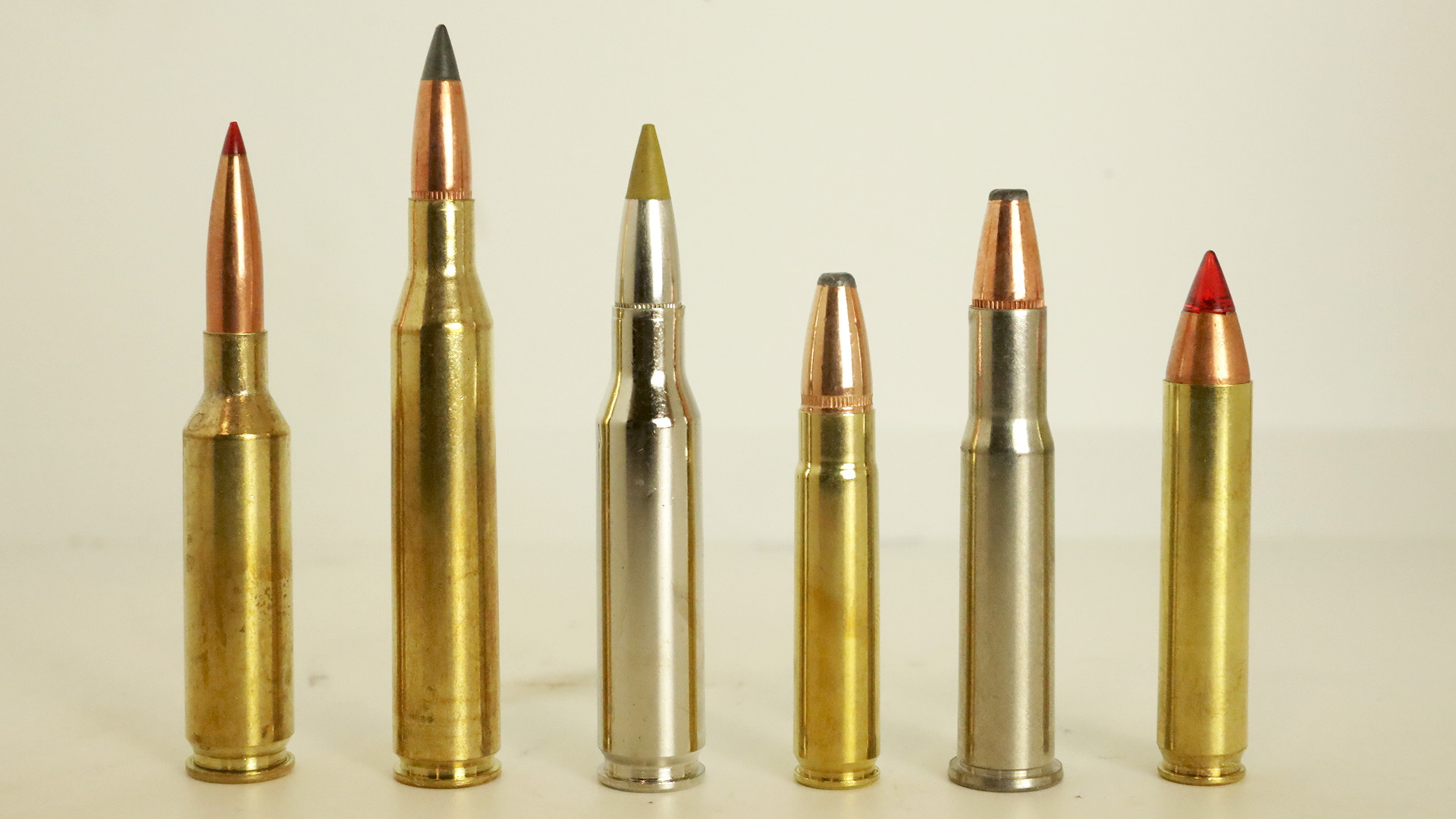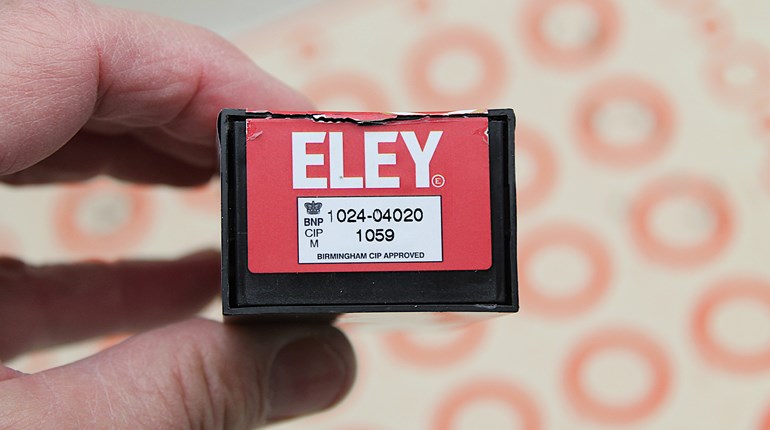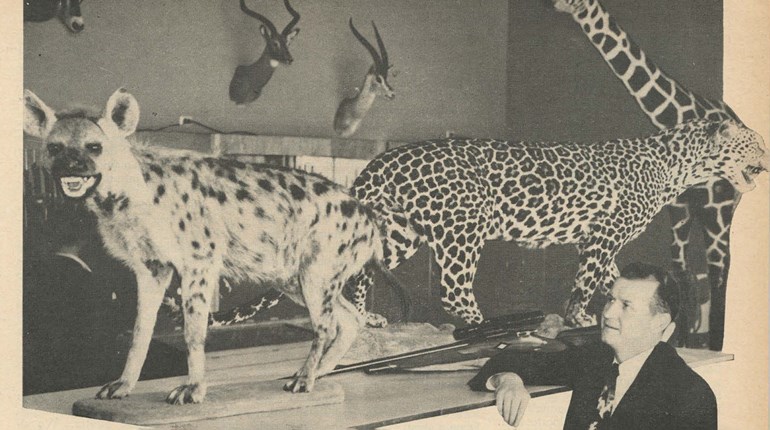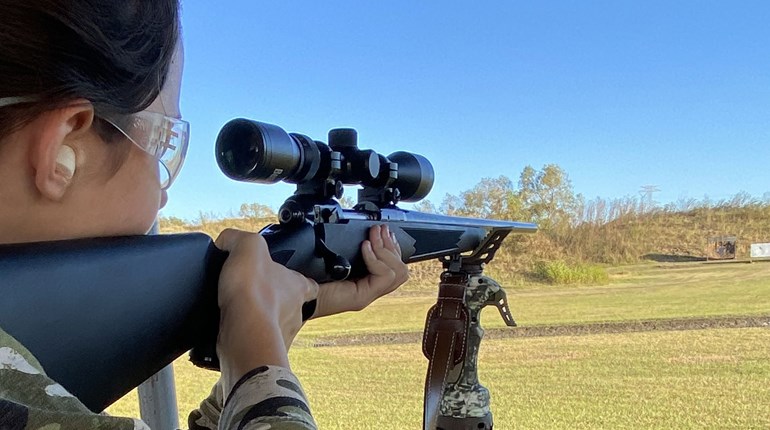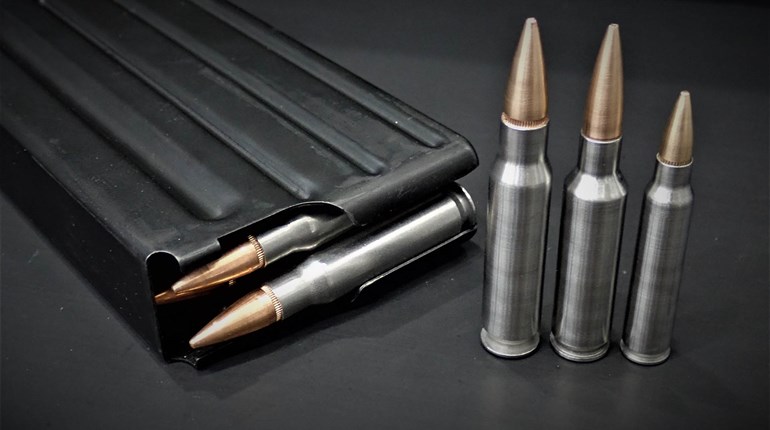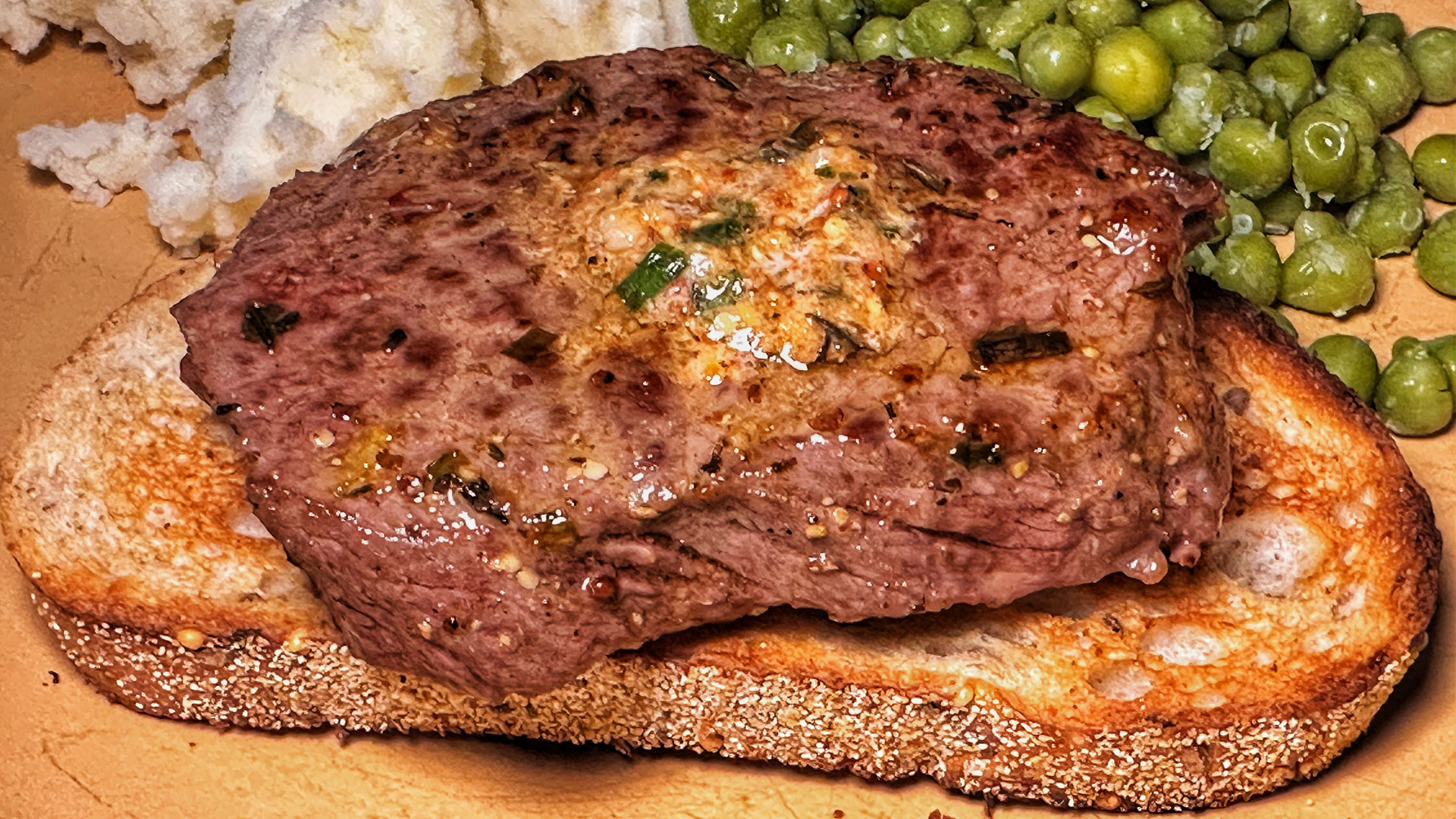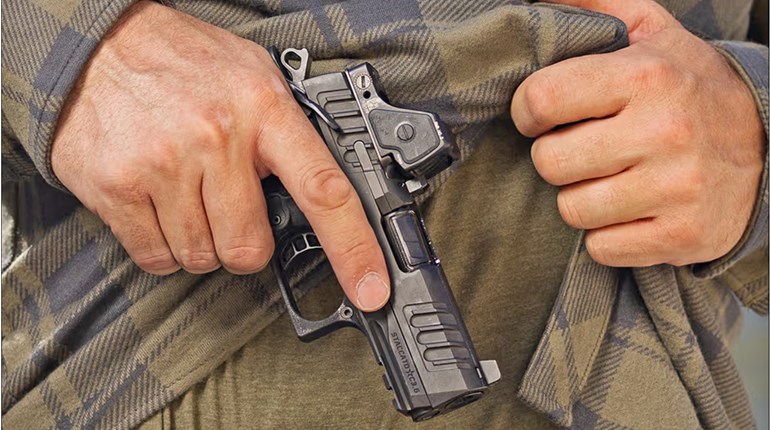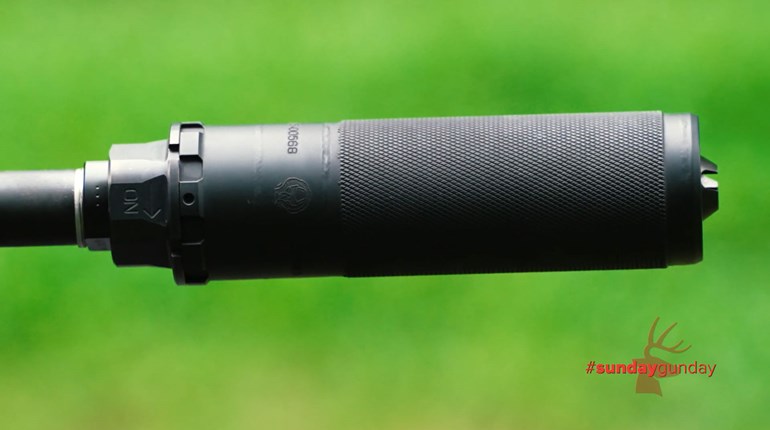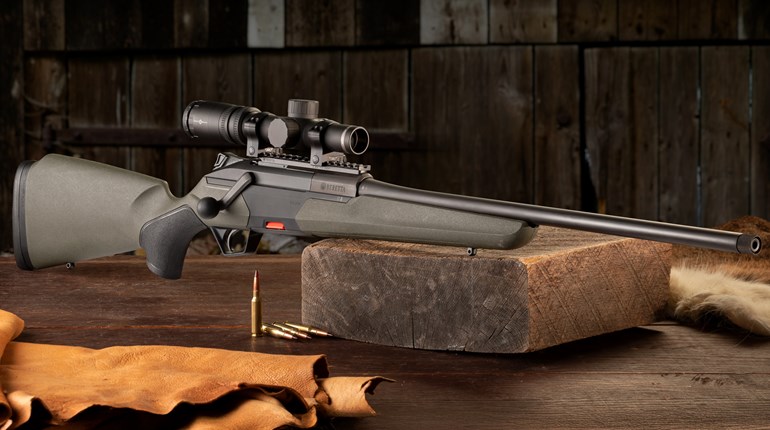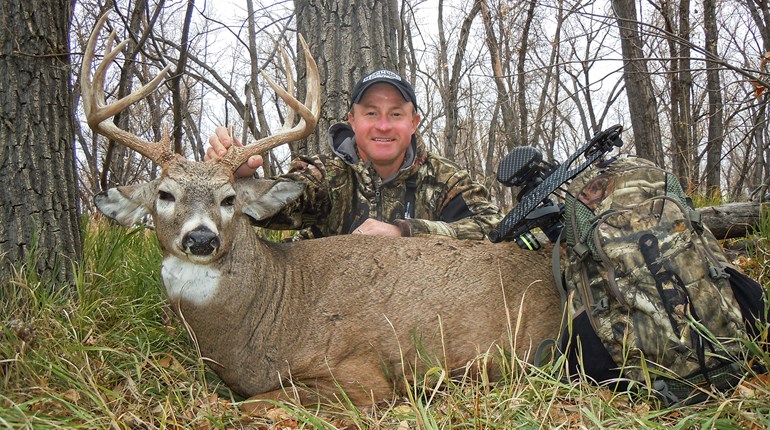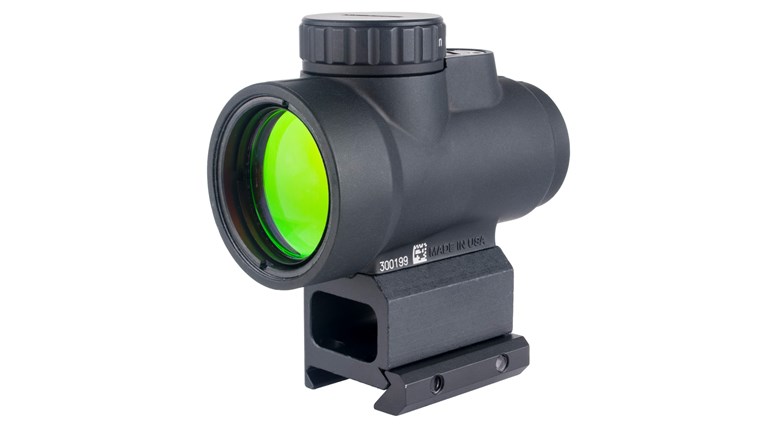
Laying prone against a termite mound in the wide-open semi-Karoo of South Africa’s Free State, I adjusted the hold of my .375 H&H to compensate for the 400 yards between my rifle and the eland bull. We had leopard-crawled until we were absolutely out of cover, and there was no means of getting any closer. When the sound of the 300-grain Swift A-Frame striking flesh and bone came back on the breeze, I was equally elated and relieved. I also knew there were better tools to perform the job I’d just asked the .375 to do, and it started me down the path of flatter-shooting cartridges.
Long-range hunting is a controversial topic, and the very definition of long-range hunting can be ambiguous. I've made solid hits on steel targets at 1,400 yards while attending a shooting school, yet I assuredly wouldn’t attempt a shot on unwounded game (except perhaps varmints) at half that distance. What I have learned by practicing at the longer distances—where the only thing to be wounded by a miss is my pride—is that so long as I can handle the recoil, velocity does help. I also come from a background where my chosen cartridge has to offer a whole bunch of flexibility, as I’d ask it to work just as well in the deer woods of the Northeast as it would across a bog in Newfoundland or on the prairie of the Midwest. Here are 10 of my favorite flexible long-range cartridges, in no particular order.

1. .300 Winchester Magnum
Released in 1963, the .300 Winchester Magnum is the fourth in a series of shortened belted magnums released by Winchester. It can be comfortably housed in a long-action receiver, and while it has been criticized for its short neck, I have found it to be a wonderfully accurate and hard-hitting choice. It will drive a 180-grain bullet to 2960 fps, and I’ve used it with sleek spitzer boat tails and round nose bullets alike. It isn’t as fast as the .300 Weatherby, but is faster than the .30-06 Springfield and .300 H&H, and I find it to be the perfect blend of flat trajectory and acceptable recoil. It can accurately deliver the 140- and 150-grain bullets, yet equally handle the 200- and 220-grain slugs. It’s been making hunters happy for almost 60 years, and will continue to do so.

2. .280 Ackley Improved
Famous gunsmith P.O. Ackley gave his “Improved” treatment to a good number of cartridges, but his most popular (and commercially successful) is the .280 Ackley Improved. Using a 40-degree shoulder and minimal body taper, the .280 AI can generate velocities which can approach that of the 7mm Remington Magnum, with a noticeable reduction in recoil. The .280 AI is, for a long-range cartridge, rather “sweet shooting.” Factory ammo is available from Federal, Hornady and Nosler, and the cartridge can really show its versatility when handloaded. From the 120-grain lighter bullets all the way up to the 175-grain slugs, the .280 AI can handle them all. Federal’s 155-grain Terminal Ascent load will retain 1,637 ft.-lbs. of energy at 500 yards, and will only drop 37.7 inches at that range when zeroed at 200 yards.

3. .224 Valkyrie
Federal’s .224 Valkyrie is based on the 6.8 SPC case necked down to hold .224-inch-diameter bullets, and works well in the AR-15 platform. Driving a 90-grain bullet to 2700 fps, you have a .22-caliber centerfire capable of reliably taking deer and antelope, yet with the 60-grain V-Max load at 3300 fps, you can create all sorts of red mist on a prairie dog town. At the range, it was nice to have a cartridge capable of handling 1,000-yard shots, with a recoil level low enough to see your own vapor trail.

4. 6.8 Western
The collaboration between Winchester and Browning has become one of my favorites since its release in early 2021. In essence, it is a shorter version of the .270 WSM, with a tighter twist rate of 1:8 or 1:7.5, depending on the rifle, and will use .277-inch-diameter bullets weighing up to 175 grains. I find the cartridge to deliver field performance similar to the .300 Winchester (with 165- and 180-grain bullets), yet in a short-action rifle, with significantly less recoil. Factory loads will use 160- to 175-grain bullets, but if you handload it (like I do) you can use the full gamut of .277-inch bullets. My rifle really likes the 140-grain Badlands Precision Bulldozer 2 140-grain bullet, as well as the 165-grain Nosler AccuBond Long Range bullets.

5. 6.5 PRC
Hornady’s “big” 6.5—the 6.5 Precision Rifle Cartridge—has been referred to as the big brother to the 6.5 Creedmoor. Designed for a short-action receiver, the 6.5 PRC will send the popular 140- to 147-grain bullets from the muzzle at velocities between 2910 and 2925 fps, and there are a number of lighter monometal and bonded core choices at 120 to 130 grains, as well as some of the heavier bullets, like the Berger Extreme Outer Limits 156-grain bullet, which gives the cartridge the flexibility hunters enjoy. With ammunition available from many major manufacturers, the 6.5 PRC is most definitely here to stay, and takes full advantage of the 6.5mm bore diameter.

6. 7mm Remington Magnum
Like the .300 Win. Mag., the 7mm Remington Magnum has become an undeniable classic. Despite the fact that the belted cartridges seem to have fallen out of vogue of late, the 7mm Remington Magnum remains a big seller due to its universal appeal. It can handle the heavy 7mm bullets—I’ve found the 175-grain Nosler AccuBond to perform wonderfully in this case—and there are a good number of lighter bullets available for the deer hunter. This do-all cartridge has the case capacity to deliver both respectable energy figures as well as a flat trajectory.

7. 28 Nosler
Nosler’s family of cartridges is well designed, but I really like the 28 Nosler. Mimicking the formula of the 7mm Remington Magnum, minus the belt, this cartridge is based on the .404 Jeffery, shortened and with the body taper removed. A 35-degree shoulder handles the headspace duties, and several ammunition companies have picked this cartridge up. Quite obviously Nosler produces ammunition for it, but so does Federal, Hornady and Browning. This cartridge is capable of delivering the hair-splitting accuracy needed to hit distant targets, and has the velocity to get your bullet there quickly to minimize wind deflection. Being 7mm certainly adds the wide selection of bullet weight and choices to the mix.

8. .257 Weatherby Magnum
Mention .25-caliber cartridges in hunting camp and you’ll find fans of the .250-3000 Savage and .25-06 Remington, but the fans of the .257 Weatherby Magnum will bare their teeth like rabid dogs. Of all the Weatherby cartridges, the fans of the .257 seem to be the most fervent; even Roy W. himself championed the little speed demon. Bullet choices are common for the caliber, topping out at 120 grains, but the velocity of the .257 Weatherby has been the attractant for decades. From Hornady’s 90-grain CX monometal load to Weatherby’s own 120-grain Nosler Partition load at over 3300 fps, the .257 Weatherby certainly punches above its weight class.

9. 7mm PRC
Youngest of this lot, the new 7mm PRC has proven to be a wonderful choice for any long range application, yet works very well at normal ranges. I had the opportunity to use this long-action cartridge at the FTW Ranch, to punch steel targets out to 1,800 yards, and took it out West this season for pronghorn in Wyoming and black bear in British Columbia. The former was taken at 330 yards, and the latter at 75 yards, without issue. A good, steep shoulder for best concentricity and positive headspacing combines with a fast twist rate (1:8) to deliver heavy-for-caliber bullets at magnum velocities, making this little gem perfectly suitable for both big game hunting and competition shooting. Hornady’s current factory loads use the 160-grain CX bullet at 3000 fps, the 175-grain ELD-X bullet at 3000 fps and the 180-grain ELD Match at 2975 fps.

10. .300 Remington Ultra Magnum
Big Green released this behemoth cartridge in 1999, based on the .404 Jeffery case blown out and necked to hold .308-inch-diameter bullets. Driving a 180-grain bullet to a muzzle velocity of 3200 fps in factory loads (this can be exceeded with handloads), the .300 RUM offers plenty of striking energy and very flat trajectory. There are plenty of factory loads to choose from, ranging from the 150-grain Swift Scirocco II at 3450 fps to the 220-grain Hornady ELD-X at 2910 fps, with the 180-grains splitting the difference. If you anticipate shots on the closer side of things, where the impact velocities are still way up there, I recommend bonded core or monometal projectiles, to avoid premature bullet breakup. The .300 RUM is capable of delivering right around 4,000 ft.-lbs. of energy at the muzzle, and the high-B.C. bullets will help retain that energy at longer ranges. That performance comes at the cost of stout recoil, but in a properly stocked rifle it can be managed, or a muzzle brake can be employed to remove the sting. If you can still find some floating around, Remington once offered ammunition for the .300 RUM at three different power levels, making the big cartridge even more versatile.










